Home / Research / Research Groups / 3MoStLab
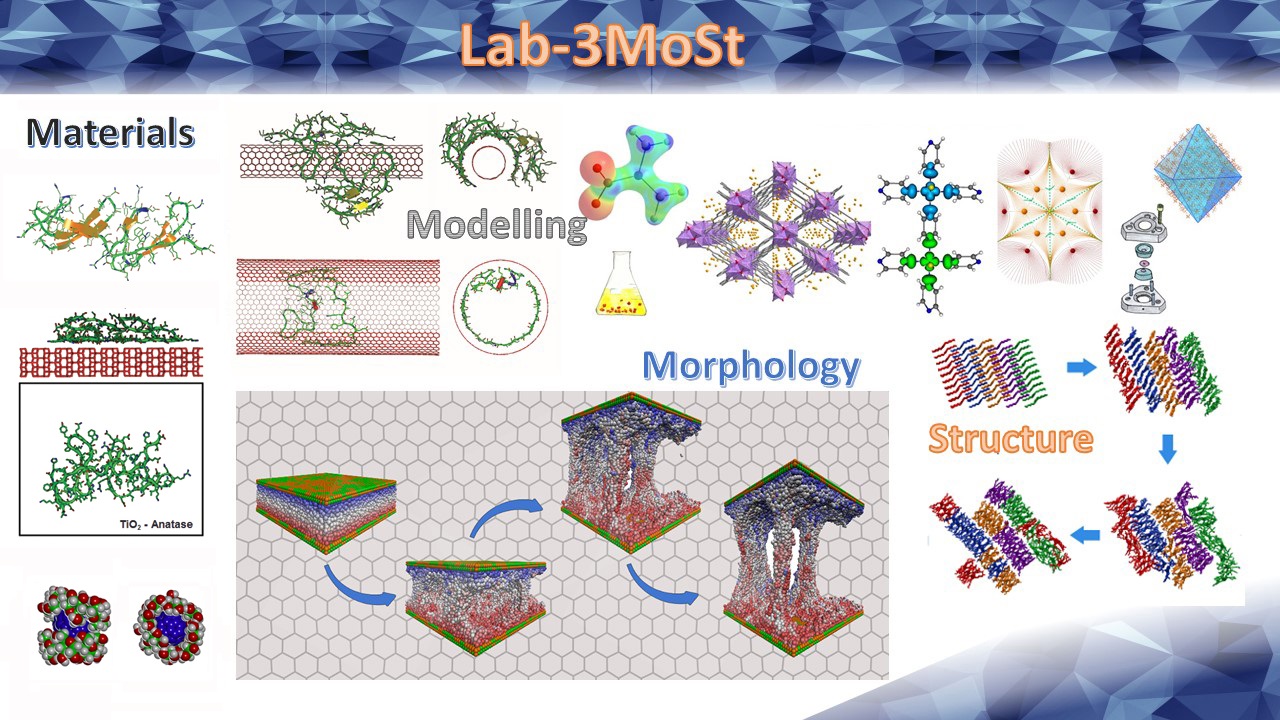
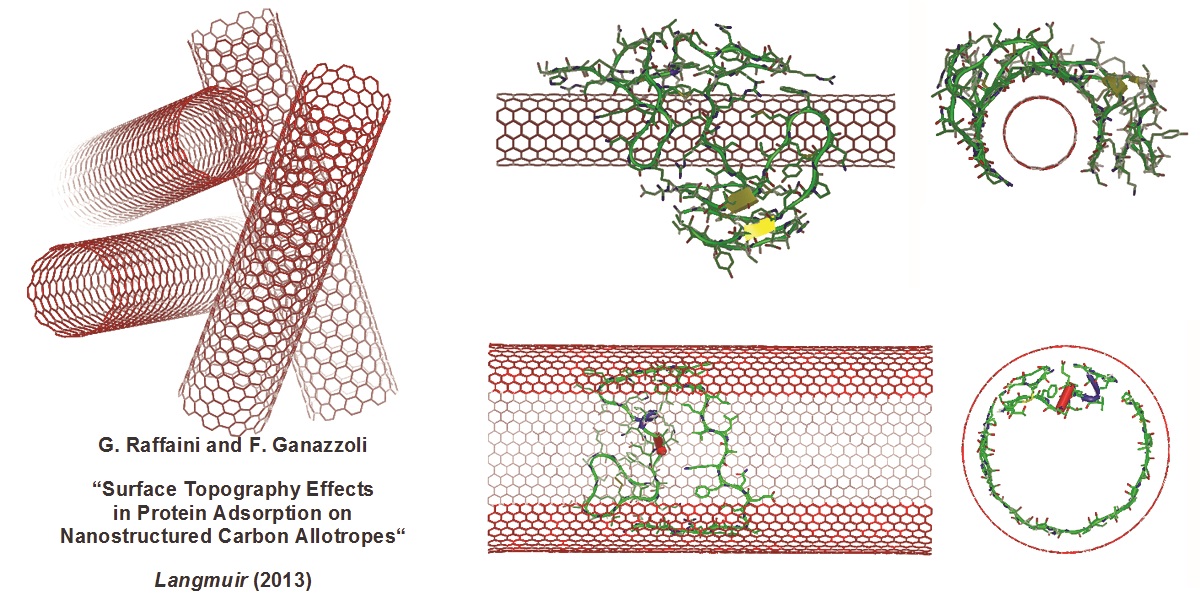
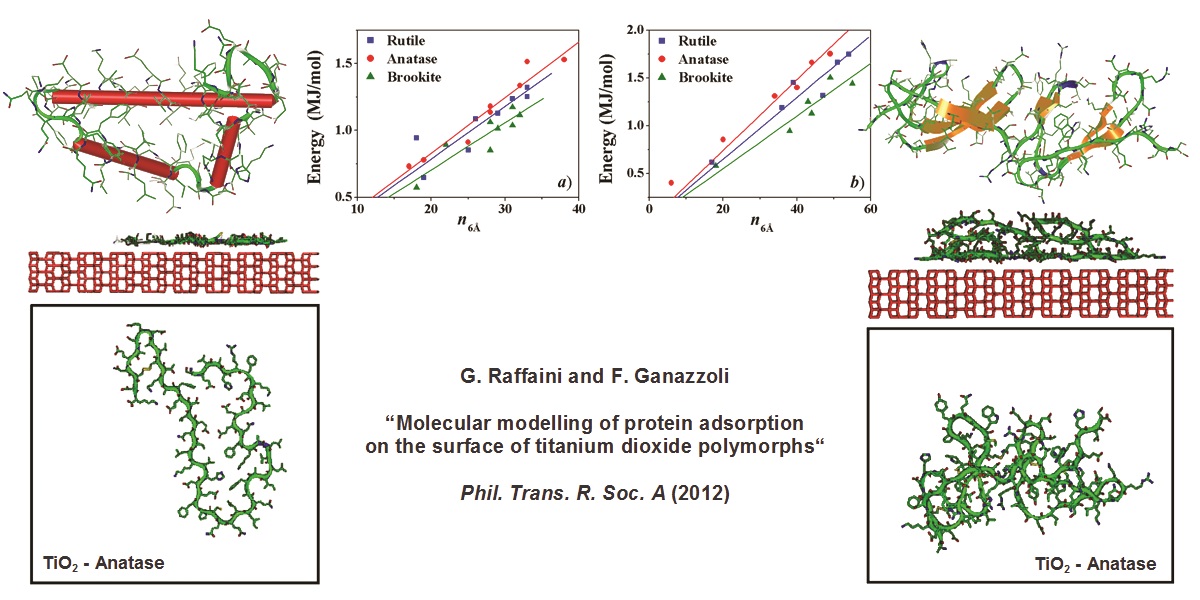
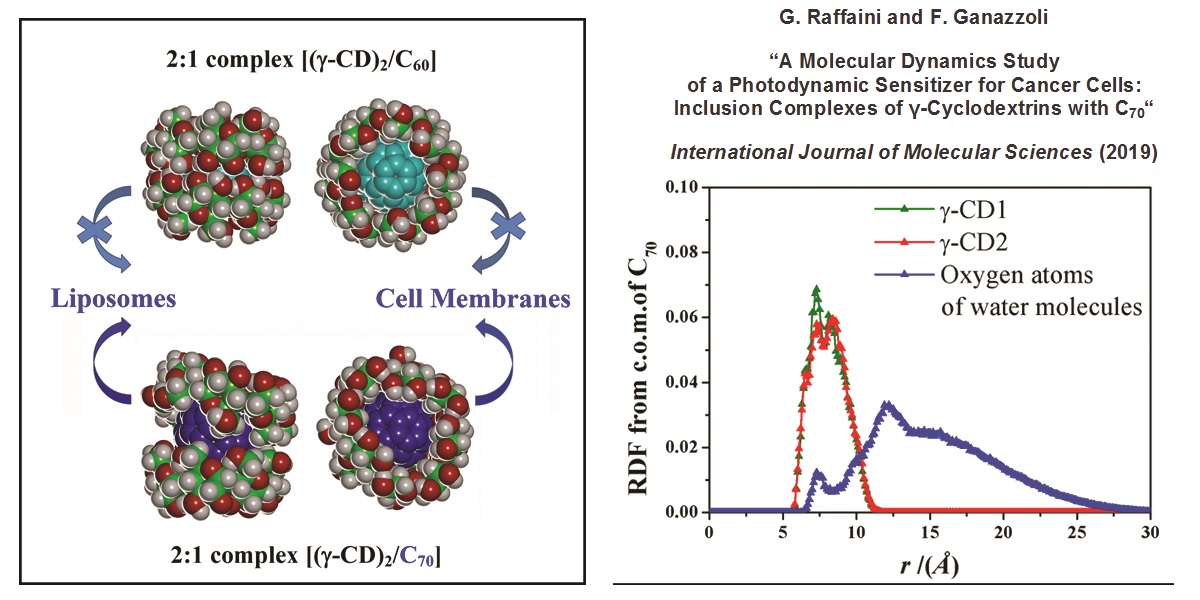
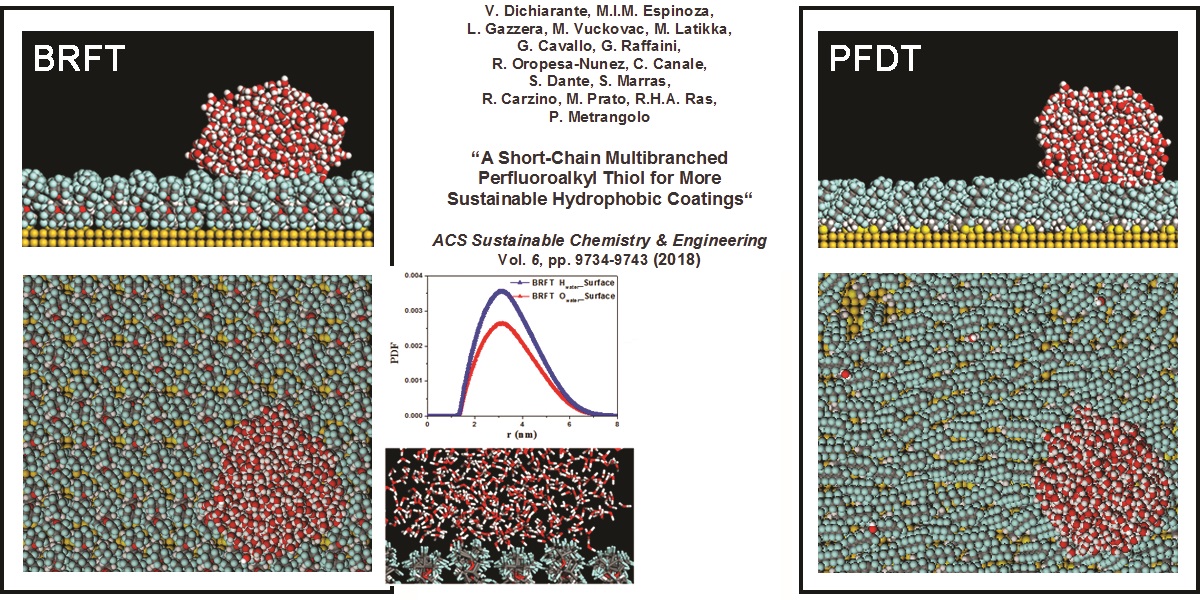
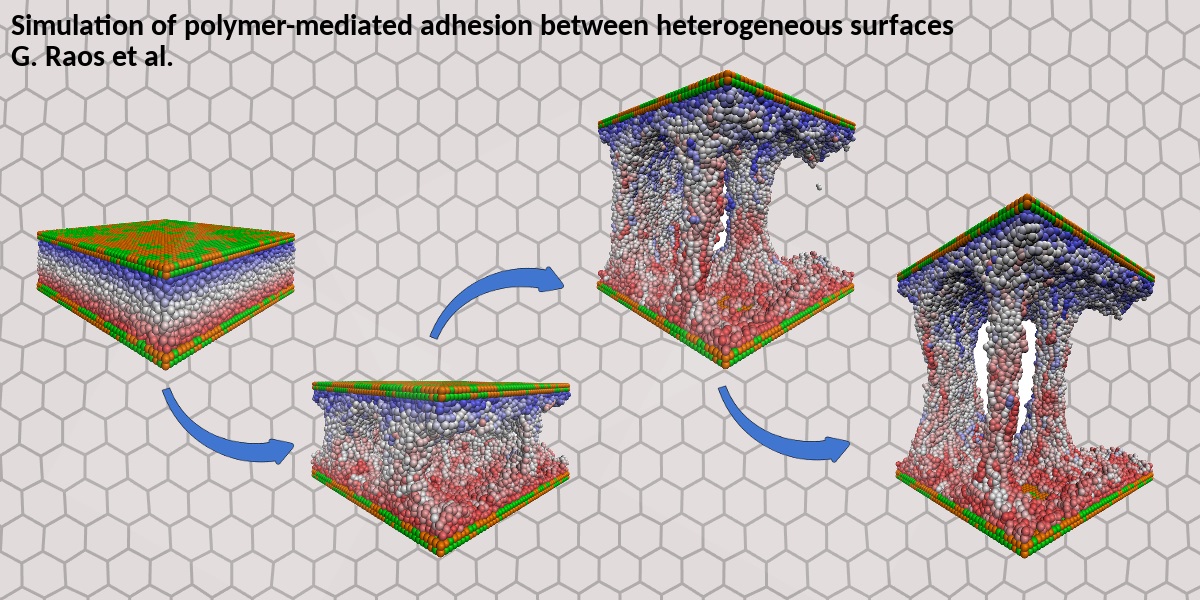
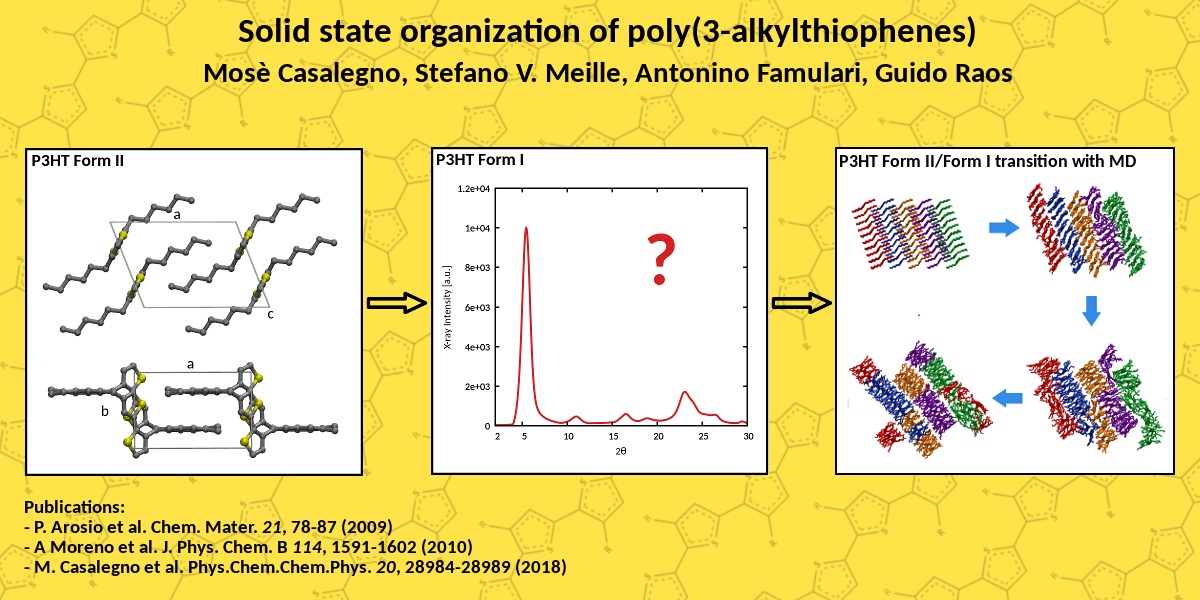
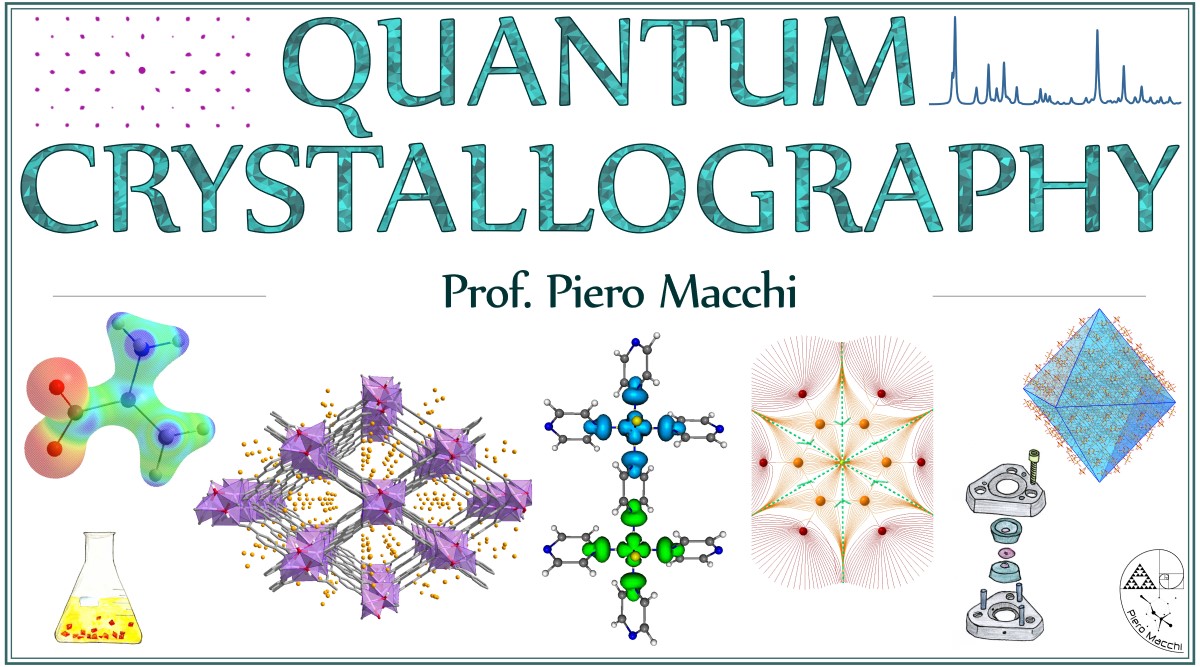
Research of the 3MoSt Lab focuses on the experimental and computational investigation of materials, with a bottom-up approach from the atomic/molecular level to the micro-structural and macroscopic levels.
The experimental techniques are mainly based on X-ray diffraction (WAXD, SAXS, single crystal diffraction). X-rays and other radiations (neutrons, electrons, muons) are used at large scale facilities, for example at the Paul Scherrer Institute in Villigen (CH). Spectroscopic and calorimetric techniques, such as impedance spectroscopy and differential scanning calorimetry, are also employed. These enable investigating the dynamics, morphology and phase transitions of the samples.
With respect to modelling, a broad range of methods are adopted: ab initio molecular quantum mechanics, quantum crystallography, and molecular dynamics with atomistic and coarse-grained models. Where necessary, these methods can be combined within a multi-scale approach exploiting high performance computing resources.
These methodologies are used to predict and rationalize the structure and properties of macro- and nano-crystals and their surfaces, or otherwise of amorphous materials and polymers. The focus is on bulk properties (electro-optic, magnetic, mechanical) as well as on surface properties (adsorption and adhesion phenomena).
The central endeavor in our laboratory is identifying and detailing key structure-property relationships in molecular or macromolecular materials. In our investigations, we exploit experimental techniques and theoretical modelling, that we jointly adopt to characterize the structure and the properties of crystalline, semicrystalline or amorphous, organic, inorganic, metal-organic and hybrid materials. On the application side, we are interested in organic and metal-organic electronics, spintronics, sustainable energy production and storage, biomaterials for health care, and molecular toxicology.
Below we list the main research themes:
ELENA LEVINA
YIDIAN WANG